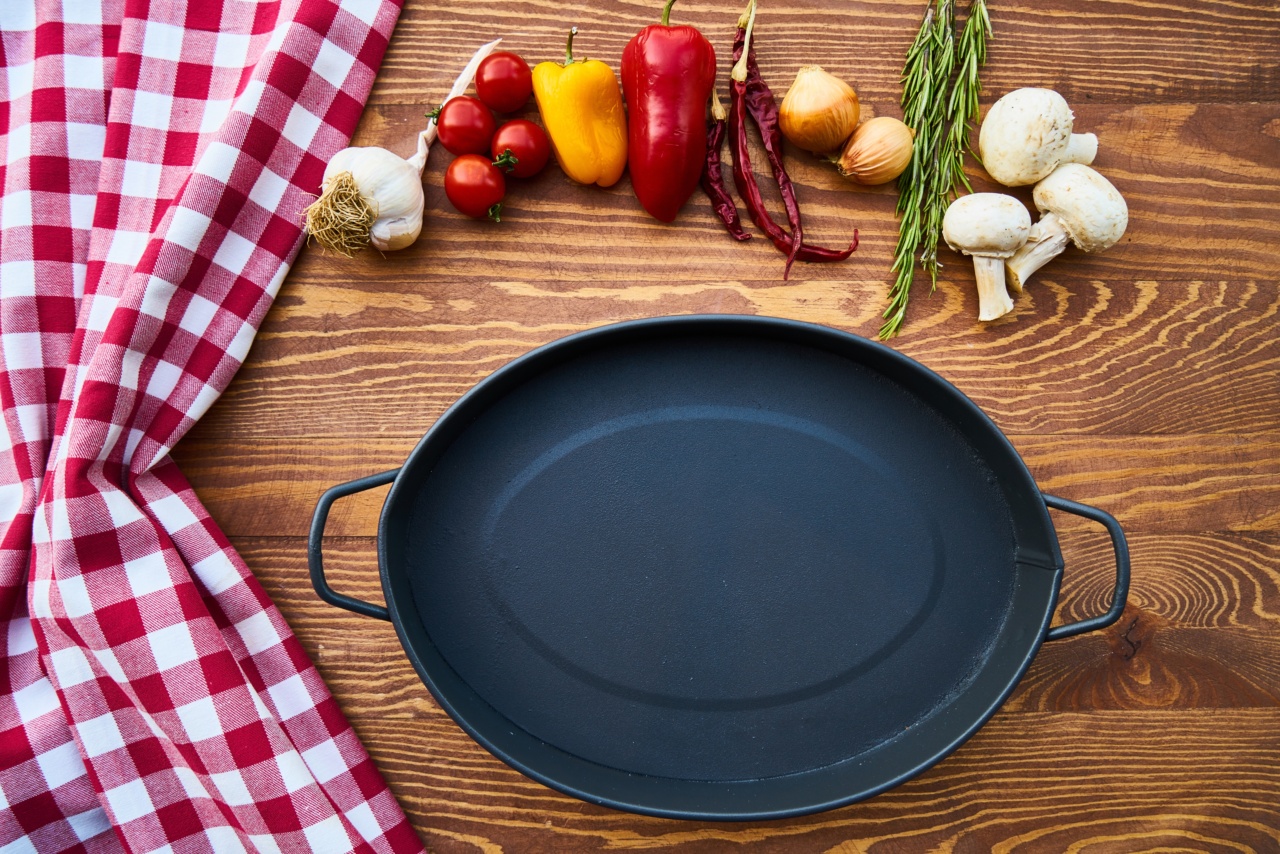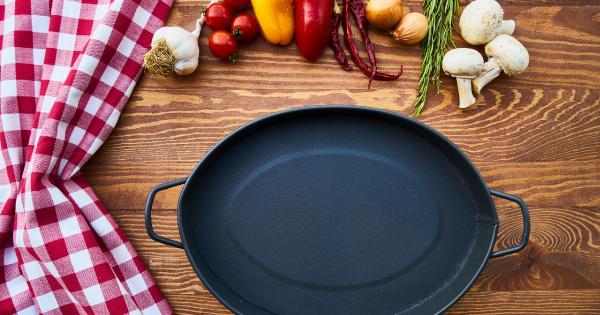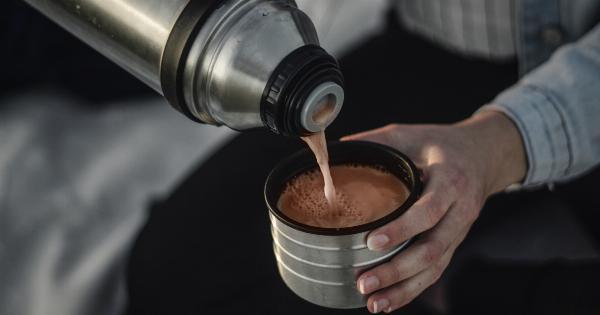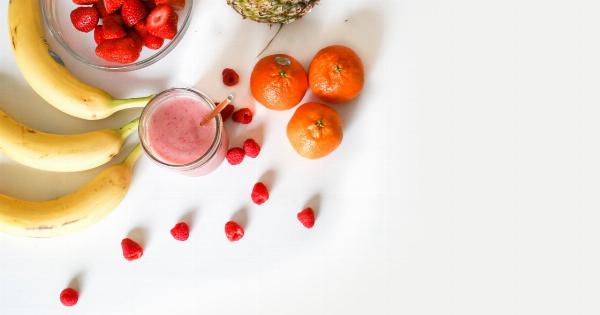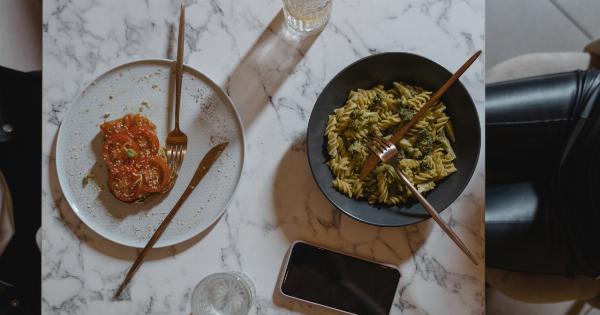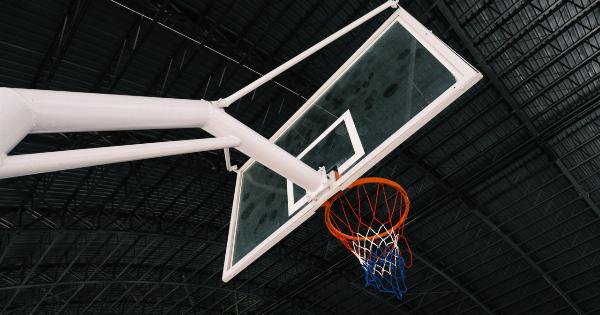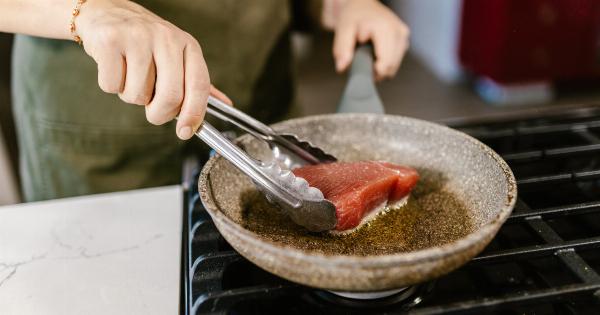Iron is an important mineral that plays a crucial role in the human body, essential for the production of hemoglobin in red blood cells. However, too much iron in the body can be harmful, leading to health problems like iron overload.
To avoid this, it’s vital to be mindful of iron-binding foods, which can prevent the body from properly absorbing iron. In this article, we’ll discuss how to avoid iron-binding foods and maintain a healthy iron balance.
What are iron-binding foods?
Iron-binding foods are those that contain high levels of substances that inhibit iron absorption in the body. There are two types of iron found in food: heme iron and non-heme iron.
Heme iron is found in meat, poultry, and fish and is easily absorbed by the body. Non-heme iron is found in plant-based foods and is less easily absorbed. Iron-binding foods are those that contain substances like phytates, oxalates, and calcium that can interfere with the absorption of both heme and non-heme iron.
10 ways to avoid iron-binding foods
1. Avoid consuming large amounts of calcium-rich foods with your iron-rich meals.
Calcium can inhibit the absorption of iron in the body, so it’s best to avoid consuming large amounts of calcium-rich foods when eating iron-rich meals.
Foods high in calcium include dairy products, leafy greens, and fortified products like orange juice and cereals. Instead, opt for low-calcium foods like vegetables when eating iron-rich meals.
2. Limit tea and coffee consumption.
Tannins found in tea and coffee can inhibit iron absorption in the body. It’s best to limit consumption of these beverages or avoid consuming them with iron-rich meals. Opt for herbal tea or water instead.
3. Be mindful of iron-blocking minerals like zinc and manganese.
While zinc and manganese are important minerals, consuming too much of them can block the absorption of iron. It’s best to be mindful of intake and not take excessive supplements.
4. Soak/crush/ferment legumes, nuts, and seeds.
Phytates found in legumes, nuts, and seeds can bind easily to iron, impeding its absorption. Soaking, crushing and fermenting these foods can reduce their phytic acid content and increase iron absorption.
5. Cook vegetables instead of eating them raw.
Oxalates found in vegetables like spinach, beet greens, and Swiss chard can prevent iron absorption. Cooking these vegetables can help reduce the oxalate content and increase iron absorption.
6. Consume iron-rich foods separately from iron-binding foods.
Consuming iron-rich foods separately from iron-binding foods can improve absorption. For example, consume spinach salad separately from a dairy-rich dressing.
7. Consider adding iron supplements to your diet.
If you’re struggling to meet your daily iron needs through diet alone, consider adding an iron supplement to your routine. Consult with your healthcare provider before taking iron supplements.
8. Avoid antacids and proton-pump inhibitors.
Antacids and proton-pump inhibitors can reduce the acidity level in the stomach, reducing the absorption of non-heme iron. Try consuming food that has high iron content with acidic juices instead as a replacement.
9. Avoid processed foods.
Processed foods can contain additives that can interfere with iron absorption. Choose fresh food options instead.
10. Seek the support of a qualified dietary nutritionist.
A qualified dietary nutritionist can provide guidance on ways to avoid iron-binding foods while maintaining a healthy and balanced diet.
Conclusion
Maintaining the right balance of iron in the body is essential for preserving good health.
Consuming the right types of foods, avoiding iron-binding foods, and taking a balanced nutritional approach is vital to avoiding problems related to iron overload. By following the tips outlined in this article, you’ll be able to maintain a healthy iron balance and avoid health complications.
